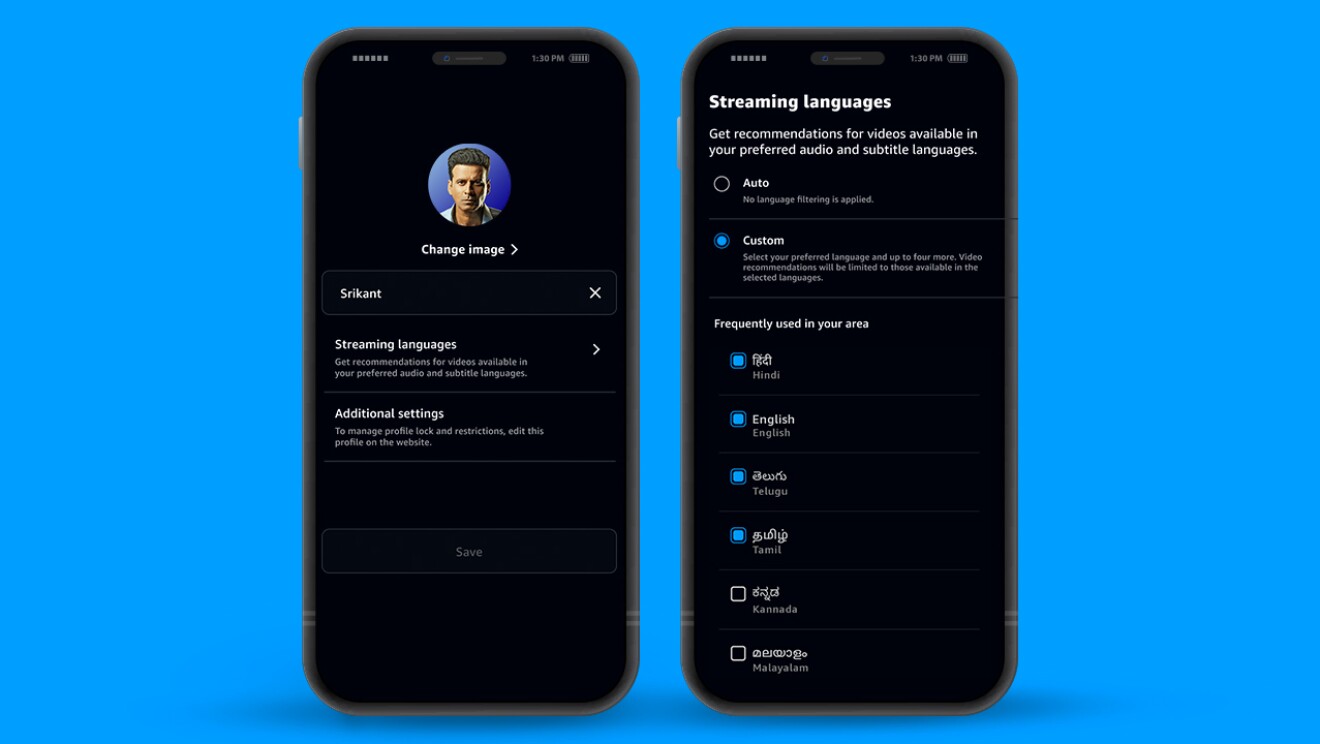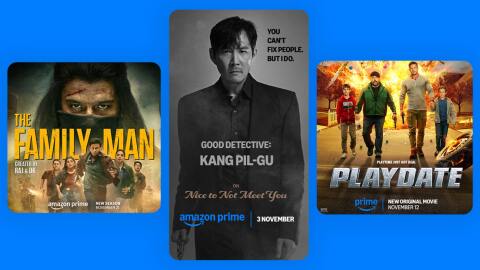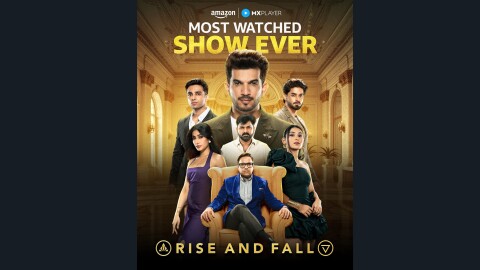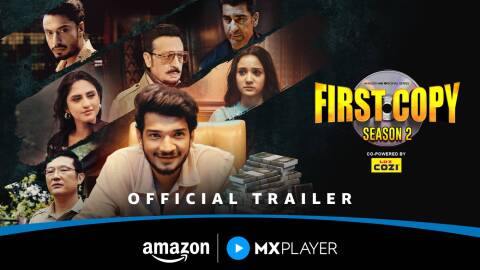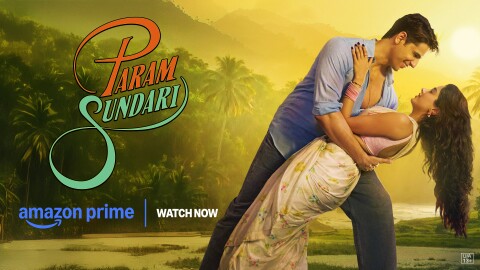Prime Video recently launched its Amazon Original series, Poacher—an investigative true crime series that unearths the largest ivory poaching ring in Indian history. Created by Emmy-award winning filmmaker Richie Mehta, it stars Nimisha Sajayan, Roshan Mathew, and Dibyendu Bhattacharya in pivotal roles.
It is an 8-part series that follows a group of officers from the Kerala Forest Department, NGO workers from the Wildlife Trust of India, and other good Samaritans who risked their lives trying to avert species extinction and members of an organized crime syndicate who oppose them.
We caught up with Richie Mehta to learn about what drove him to make Poacher and what went into creating it. Here’s what he had to say. Edited excerpts.
When did you first stumble upon the incident on which the show is based and what was the starting point of then making this show?
I was directing a documentary in 2015 titled India in a Day. In that film, people all over India were meant to shoot footage of their own lives on their phones on one particular day (Oct 10, 2015), upload it via Google and share with me—I would then take it and assemble it into a feature length documentary that profiles a day in the life of the country. One of the pieces of footage I received was of an ivory raid in Delhi. I was confused, ‘Did this happen today?’ I called the NGO that submitted it—the Wildlife Trust of India. They told me that on that day the Kerala Forest Department (supported by other groups, including WTI) executed the largest ivory bust in Indian history in Delhi after a year-long investigation into the biggest wildlife smuggling ring in the country and figured they would send me this footage, since it was my shoot day. I was flabbergasted. I always loved elephants, and cared deeply for wildlife conservation, but passively, from afar. And I knew that I couldn’t give the footage the context it deserved with the documentary, so I told the person at WTI - Divya Bhardwaj that I couldn’t use this footage for this documentary, but if she gave me a few years, I would come back, try to understand the entire case and the issues it addresses and do a full piece on it. Poacher is the result of that.
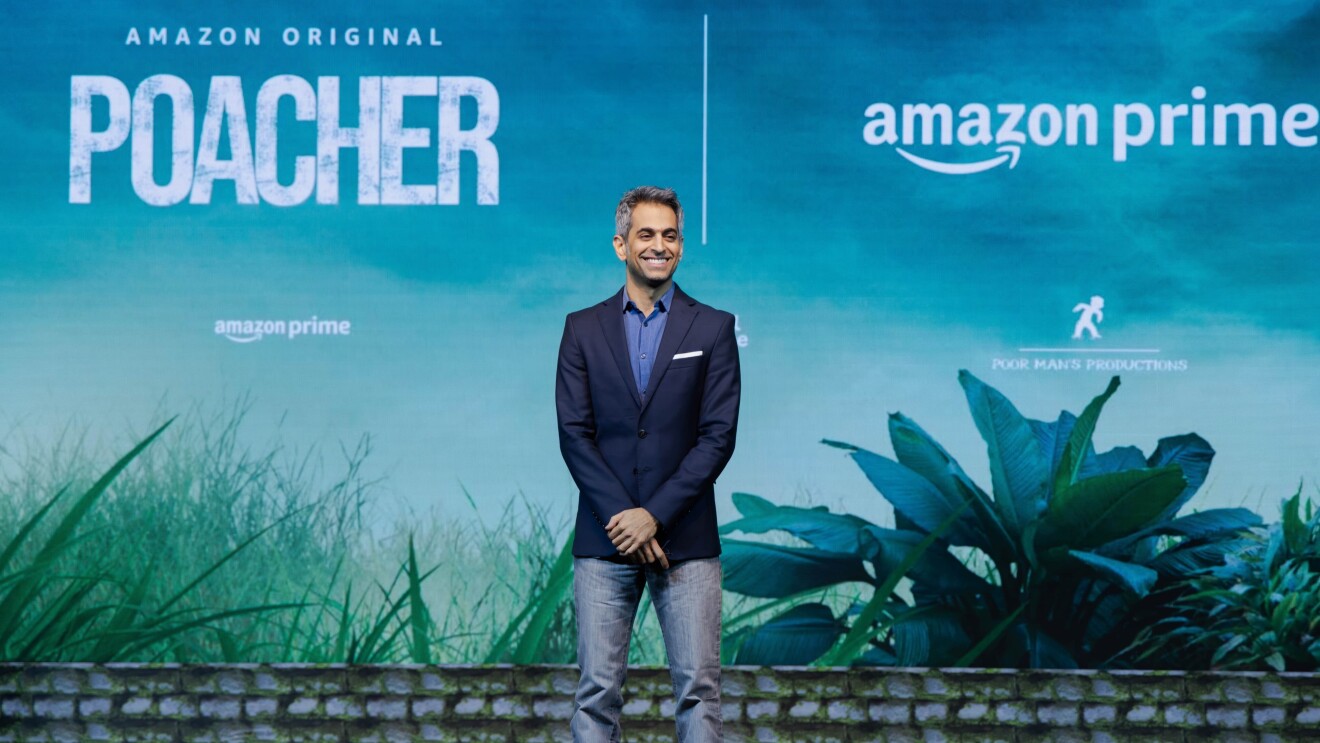
After Delhi Crime in 2019, I began to research and as I did so, I realized that this wasn’t just about saving elephants from eradication, but it addressed dozens of issues ranging from our relationship to all other life on Earth, to indigenous peoples and how they are integrated (or segregated) in society, to what the law of the jungles truly are (both the natural and asphalt one), and how they are ingrained in us. I realized that this story concerns everything that I hold dear and it unfolded in the most thrilling, true-crime narrative I had ever heard.
How is working on a show that is based on real incidents different from a fully scripted show? How do you maintain the authenticity of the story when working on an episodic thriller where you have to keep the viewer hooked to come back and watch every episode?
Working on a series like this begins with the real people I meet, who I discuss the real investigation with. I became so inspired by these people who were risking their lives for the world around them and for all life and in ways that were so thrilling—by using law enforcement tactics we’re all familiar with—CDR analysis, undercover operations, raids in the middle of the night, and so on. I’d never met people who I can label wildlife crime fighters. It’s just so different from the urban world that I was used to, and I wanted to tell their story. And the ones I met such as Surendra Kumar, IFS (former Chief Wildlife Warden of Kerala and Principle Chief Conservator of Forests at the time of this case, played by Vinod Sharawat in the series); or T. Uma, IFS, (former DFO Trivandrum at the time of this case, played by Kani Kusruti in the series) are unsung heroes—people who have given up so much for the cause and asked for nothing in return. There were many more and each character—from Mala (Nismisha Sajayan) to Alan (Roshan Mathew), to Neel (Dibyendu Bhattacharya)and Adil (Sanoop Dinesh) are all inspired by these amazing individuals or amalgamations of them. Mala, for example, has character traits from many officers as each person I met had qualities that I find exemplary and admirable.

In terms of structuring the series, often times the stories relayed to me would lend themselves to cliffhangers that I could just see as episode endings. There are of course variations in the timings—I had to shift some of the order of things, and dates; but the bottom line is, the more bizarre an incident, the more real (I could not fabricate such moments!) it’s depicted. However, the essence of what I’m trying to show, which is the reasons these people do what they do, and the manner in which they do it—is preserved throughout.
Can you tell us about the use of tech in the making of this show?
We would not have been able to pull this series off were it not for the advances in all film-related technology, especially lighter large-format cameras that my DOP/Camera Operator Johan Aidt carried on his shoulder for every shot. It allowed us to move the camera in the way I wanted, and shoot in very low-light conditions in the forest, as well.

Additionally, while most of the series is a human story about the thrilling manhunt, and the toll this complex hunt takes on everyone, there is a crucial parallel track about the animal world and its relationship to us. There was no chance I was going to use captive wild animals, so we had to create them. In pulling this off, we used Moving Picture Company’s (MPC) India outfit to do the visual effects of the series, which are breathtaking (I say this as an observer!). To bring the animals to life in the manner that these amazing artists have, with the performance level, realism, attention to details with fur, feathers, scratches—is a real accomplishment. I put them to the task with the hopes that they would achieve photorealism knowing that they were, of course, capable but I never anticipated that they could hold close ups of these amazing animals for this long.
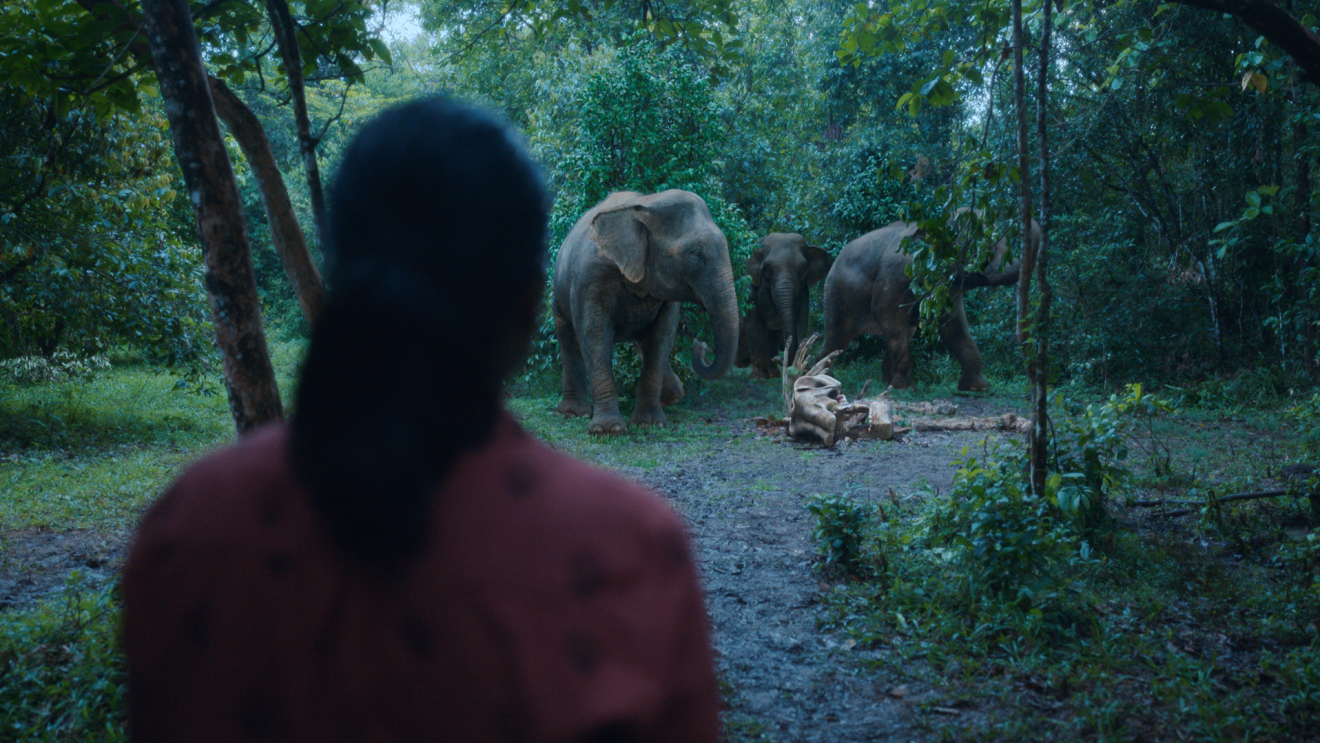
As someone who has spent the majority of their life outside India, what is the process like for you to understand local nuances when making a show like this?
It stems first from curiosity and learning about a world I’m unfamiliar with. In this case it was the forest first and then the people safeguarding it, and it all branched out from there. The research process involves me spending as much time in those places as possible. Whether it’s in a forest department outpost during a rainstorm, in the middle of the jungle, or sitting an office while I wait for an officer to arrive—apart from observing the surroundings, the behaviour, the dress that people wear, the water-cooler talk in the mess hall, etc. Also, sleeping on a table in a shack while waiting for a wild-animal sighting in the middle of the night, taking a train ride for 6 hours while interviewing someone, as it’s the only time they can meet me. All of these experiences compounded to make up the tapestry of the characters and the series. And the details I observed made their way into the DNA of the show.
What were some challenges of making a Malayalam language show when that’s not a language you are well versed with? Why not make this in Hindi?
I wanted to be faithful to the people who drove this investigation, as it stemmed from the Kerala Forest Department. Even some of the NGO workers who got involved like the character Roshan Mathew plays were from Kerala, despite working in Delhi. My feeling was it was the language of the custodians of the elephants that were slain in this incident and this series must do them justice. The first aesthetic choice is to ensure that the language belongs to them. To water it down and render it in another language, I feel, would have been an insult. And that doesn’t preclude many characters speaking Hindi, English, or Bengali when needed—this is a series about people from all over the country coming together for a single cause despite language barriers—and that’s another point of inspiration.
There were multiple challenges in pulling this off, of course, but all of them were surmounted by extensive labour, which I never shy away from.
What made you get Alia Bhatt as Executive Producer?
It was all very organic. She was the first person to watch all eight completed episodes, and she responded as a human being—she was so moved, and we discussed the series at length—how we pulled it off, what my intention was when making it and so on. After that, she simply asked ‘How can I help?’ The rest is history.

What is a standout memory for you from the making of this show?
There are a few I can recall:
1. Arriving just before dawn in the jungle, to see the blue light gradually appear around us, and feel the jungle at the height of its alertness, before it slumbers for the day as most jungle life is nocturnal.
2. Knowing that the area where we shot was frequented by elephants, who clearly knew we were there during the day, and would then show up at night when we left—we know this because we left audio recorders in trees to capture their sounds. It was a kind of magical day-night shift relationship with them.
3. Shooting the waterfalls scene at the end of Episode 4, where we were in a place that was acoustically overwhelmed by the roaring sound of the falls, and we were so moved by the majesty of it all at night. That was our last day of shoot in Kerala, and it was as if we had earned a ticket to paradise for one night.
4. Shooting the last shot of the series—Nimisha Sajayan’s close up. I was in awe, watching what she did on camera.






